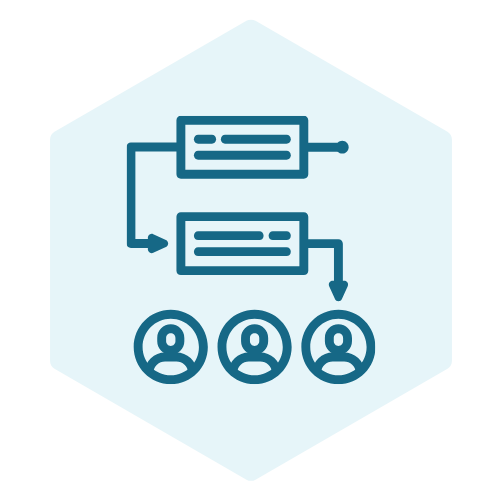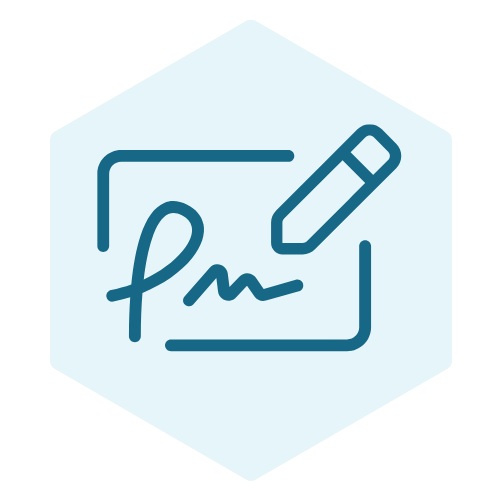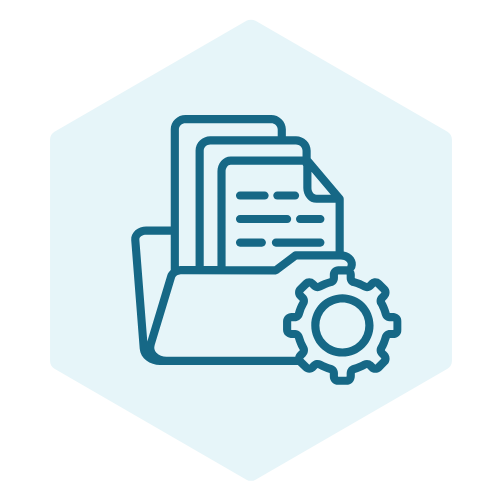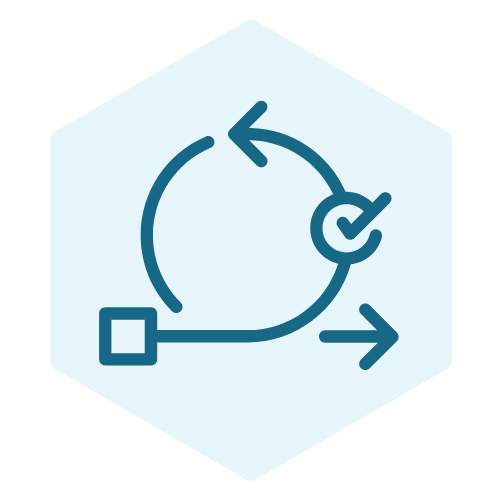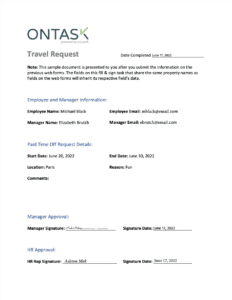View our Pricing & Plans for a detailed list and comparison of features available in each plan.
Easily populate Docx templates with user input using Docubee’s Generate Document from Form Data workflow task. It’s compatible with all Docx editors, including Google Docs, Word, and more. Simply define the text you’d like to populate within your documents, convert them to variables, and start collecting.
Upon workflow execution, it generates Docx documents using data from preceding tasks. The task also supports arithmetic conditions in its conditional placeholder settings, enhancing data collection from numeric fields, and can use values selected from a multiple-choice field within the workflow.
After the documents are generated, it can be routed to other workflow tasks for further edits or approval, and signature.
Placeholder Tags
Placeholder tags are temporary labels or variables that will be replaced by property values when the workflow runs.
It is essential to create placeholder tags with names that correctly match the Property Names of the associated fields. This ensures that Docubee knows which data from your workflow should be inserted into each placeholder tag in your document.
Note: Without an associated Property Name, a field’s content cannot replace a placeholder tag.
During runtime:
- Placeholder tags, such as
{%Your_Property_Name%}, will be replaced with the property value set that was collected in a previous task. - Conditional placeholder tags, such as
{%#Your_Property_Name%} Your Text {%/Your_Property_Name%}, will display or hide the enclosed text based on the conditions you configure in this task.
Here’s an example of when property data values collected in a web form are merged with the corresponding placeholders for that property in the document.
The quick {%Fox_Color%} fox jumps over the {%Dog_Adjective%} dog.
The above example has two placeholders that would be detected on upload to the Generate Document from Form Data task. You can map previously filled out web form fields to replace them.
Create a Generate Document Task
- In Workflows:
- On the left, under Workspaces, select the workspace in which to store your new workflow.
- Click + Create Workflow. See Create a Workflow for more information.
- Enter a name for your new workflow.
Note: You can click Skip to enter one later.
- In your Docubee Documents Library:
- Edit the document to convert and determine what text from your document should be populated from the workflow.
- Any text to be populated through Docubee must be converted to variables or placeholder tags.
- Simply add
{%(text)%}around the lines of text to convert.
Example: To pull in the “Project_Name”, type{%Project_Name%}in its place to make the text recognizable to Docubee. - Identify and convert your text to be replaced to placeholder tags, then download your Docx file.
- In the workflow builder:
- Insert the first task by selecting Web Form.
- Edit this task to collect an input for each variable in the document.
- In the Add Fields tab, add a web form field by selecting a Field Type and adding a Field Label.
Note: Docubee searches for the Property Name, not the Field Label text, when replacing content with a placeholder tag. A Property Name is required for a field’s content to replace a placeholder tag.
Example: Considering “Proposal_Date” as our example, we would select “Text Input” as the Field Type and enter “Proposal Date” as the Field Label, which will be automatically used in the Property Name. - Add additional web form fields to meet your specifications.
- Insert a Generate Document from Form Data task. It is categorized under Document Processing.
- The Generate Document task is added to the workflow.
- In the Document Settings tab, upload your Docx file.
- Once uploaded, your document name will be assigned to Property Name.
- In the Data Mapping tab, you’ll see the data mapping selection. Docubee will automatically scan your document for placeholder tags (for example,
{%Project_Name%}) and automatically assign the property to placeholder tags with matching names. - Manually assign corresponding properties to your placeholder tags as necessary.
Note: Although Docubee automatically maps properties with placeholder tags, you can manually assign any property to a placeholder tag. - Once that’s done, return to your workflow.
- From here, you can add any other steps you’d like in your workflow, such as a Fill & Sign task or route for approval.
- Insert the first task by selecting Web Form.
Related Information
All About Workflows (Quick Reference)
Types of Tasks (Workflows)
Additional Resources
Need more help getting set up? Contact us for assistance from our customer support team or register for Office Hours.


